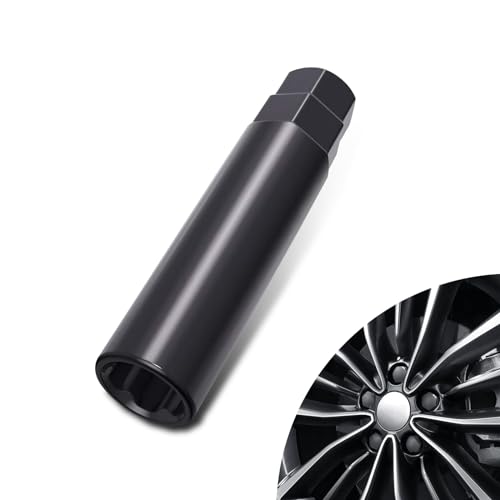How's everybody doing with the Spark's torque steer? It's something anybody who drives the car becomes aware of in short order. I noticed it the first time out on a test drive and decided it was tolerable. A Tesla owner asked me about it, not knowing about torque steer; he said he was totally spooked by it when he drove the car. My wife has really felt it when riding in the back seat (I suppose the effect is amplified back there). I know if I'm going to floor the go pedal I want to have both hands on the wheel, whether it's from a stop or on the Interstate with a full power passing maneuver.
I find the side-to-side "sawing" from the torque steer (back and forth from left to right) strange, because ever since my first front-wheel-drive car (a 1963 MG 1100) I've experienced torque steer pulling the car in just one direction. Why would the Spark pull back and forth like this?
The best hint at an explanation I've found is from a Motor Trend first drive report last November: "Torque steer manifests in a relatively smooth, straight line, but there's apparent counteracting damping in place (presumably software-based) as the steering wheel does slow heaves, not twitches."
That's a pretty good way to describe the sensation: "slow heaves". And it's interesting that "apparently" Chevy used software-based damping to control things; it hadn't occurred to me that these days onboard computers can be used for just about everything. The notable Consumer Reports first drive report, where they were so enthusiastic about the car, stated "It takes some getting used to use the throttle's touchiness to avoid torque steer." That's a grammatically odd sentence, but yeah, it points out that we can avoid the torque steer by being more moderate with the go pedal!
The Spark is not the only electric car exhibiting torque steer, of course. The more torque delivered to the front wheels, the bigger the issue. I know Tony mentioned his Rav4/Tesla shows a good measure of it.
I find the side-to-side "sawing" from the torque steer (back and forth from left to right) strange, because ever since my first front-wheel-drive car (a 1963 MG 1100) I've experienced torque steer pulling the car in just one direction. Why would the Spark pull back and forth like this?
The best hint at an explanation I've found is from a Motor Trend first drive report last November: "Torque steer manifests in a relatively smooth, straight line, but there's apparent counteracting damping in place (presumably software-based) as the steering wheel does slow heaves, not twitches."
That's a pretty good way to describe the sensation: "slow heaves". And it's interesting that "apparently" Chevy used software-based damping to control things; it hadn't occurred to me that these days onboard computers can be used for just about everything. The notable Consumer Reports first drive report, where they were so enthusiastic about the car, stated "It takes some getting used to use the throttle's touchiness to avoid torque steer." That's a grammatically odd sentence, but yeah, it points out that we can avoid the torque steer by being more moderate with the go pedal!
The Spark is not the only electric car exhibiting torque steer, of course. The more torque delivered to the front wheels, the bigger the issue. I know Tony mentioned his Rav4/Tesla shows a good measure of it.


























